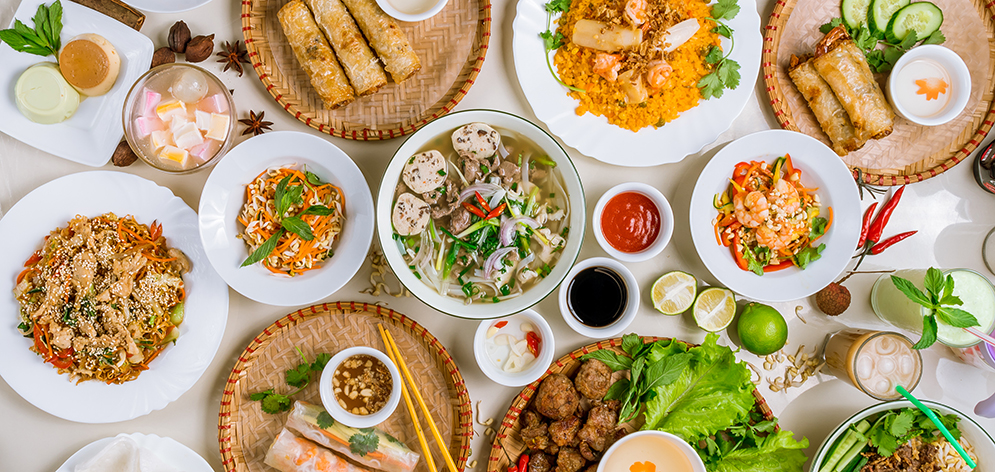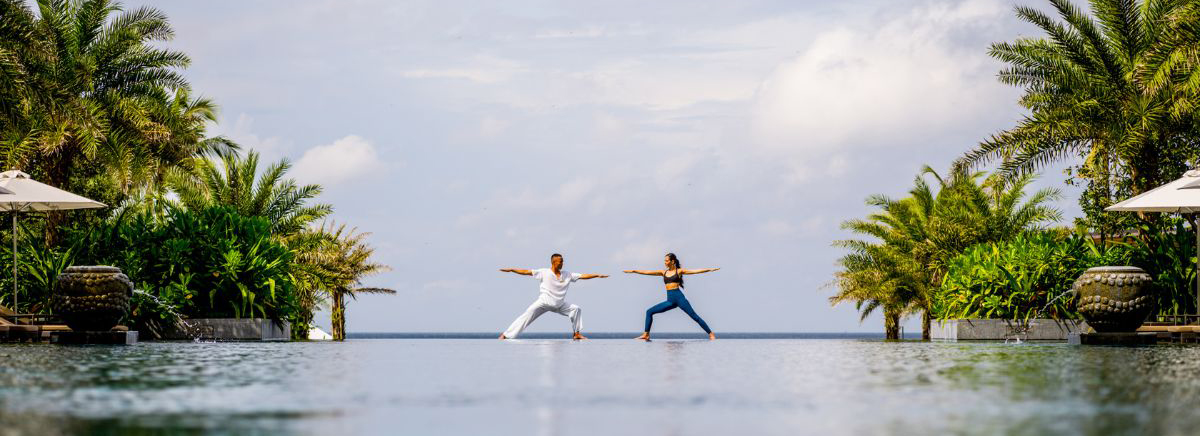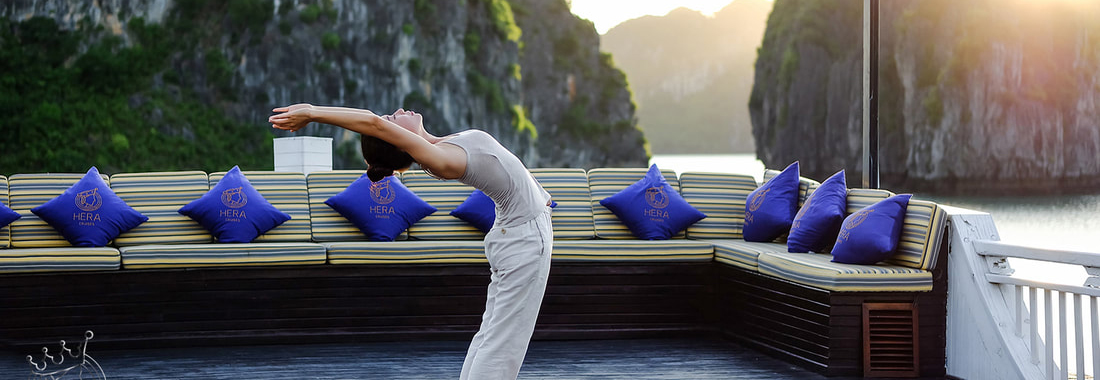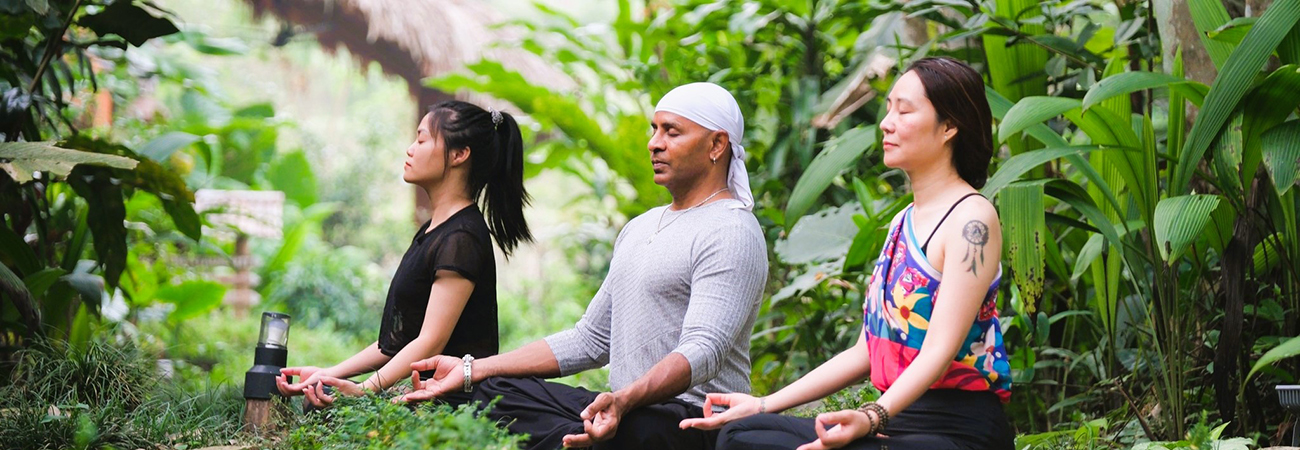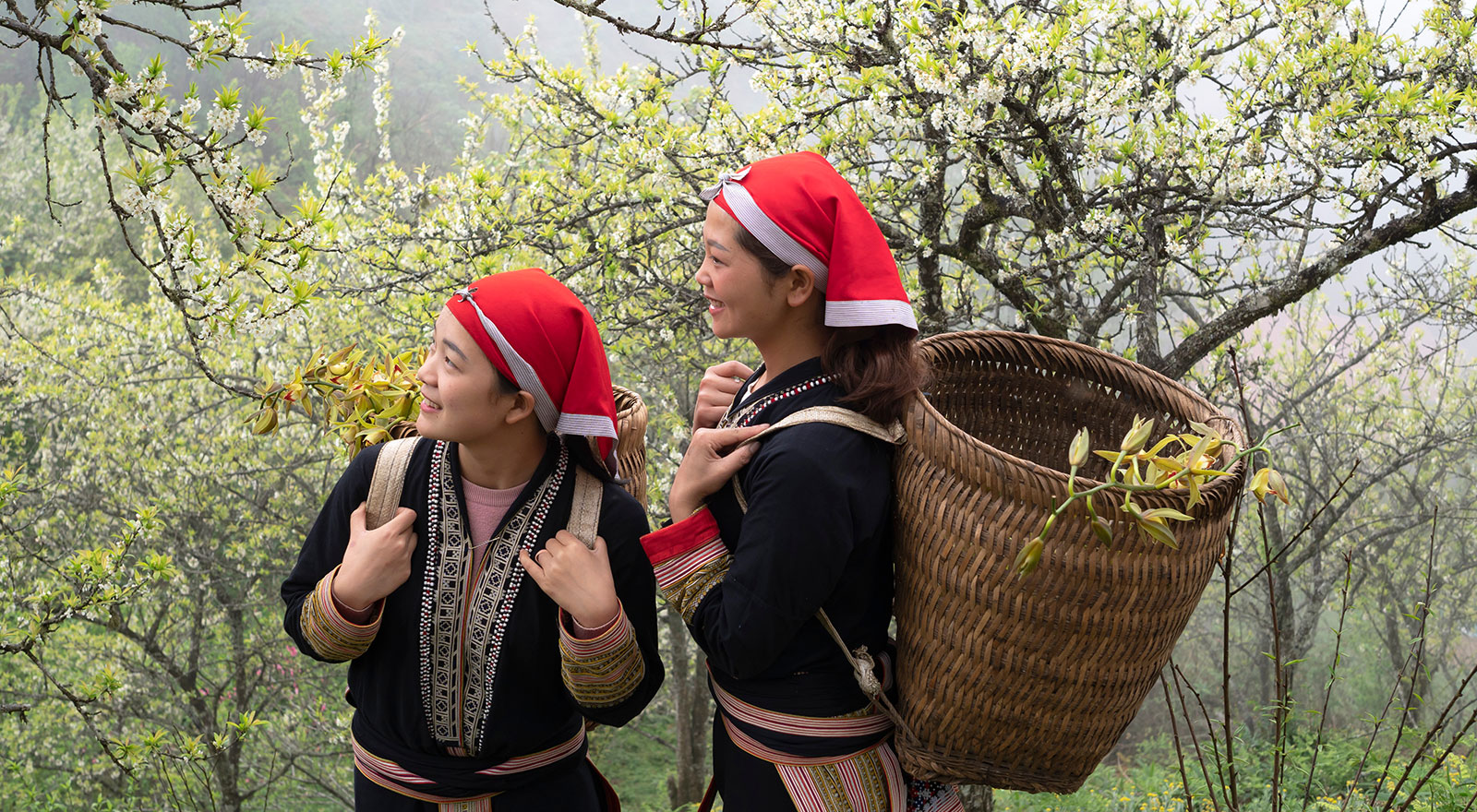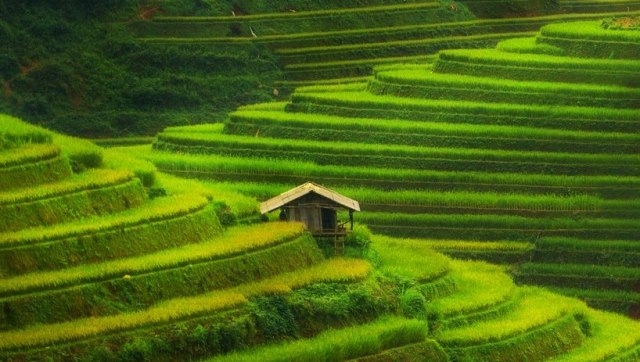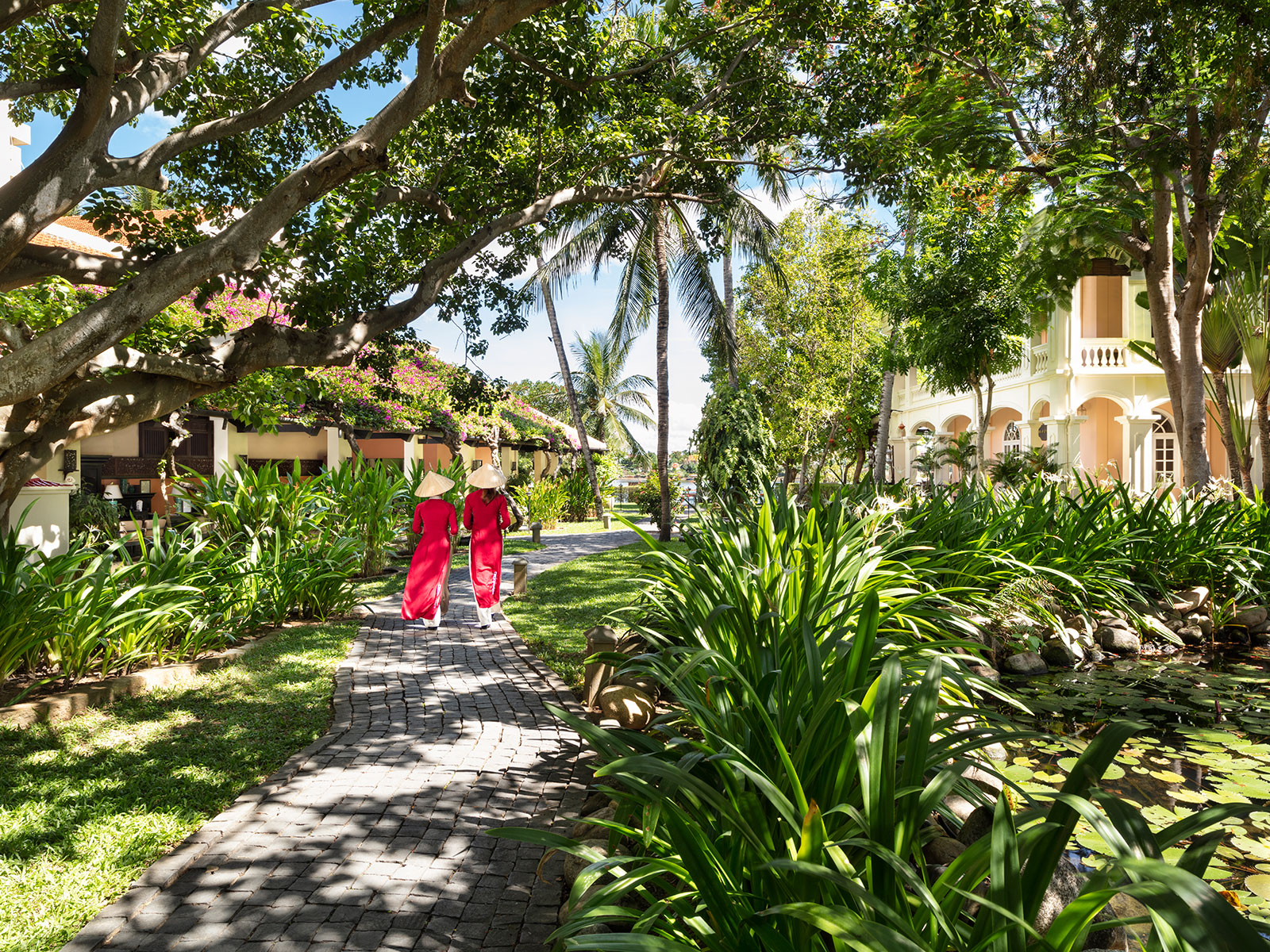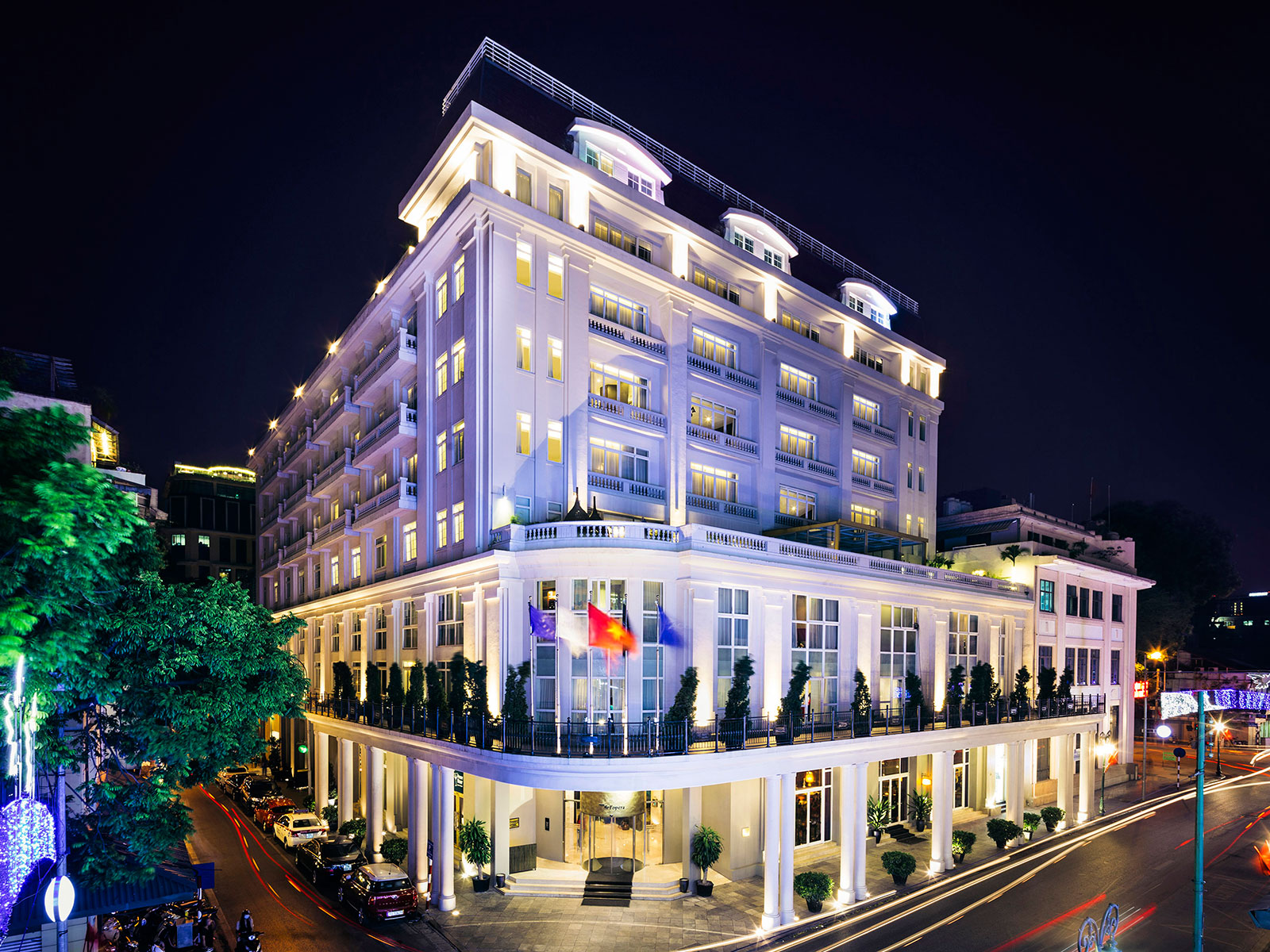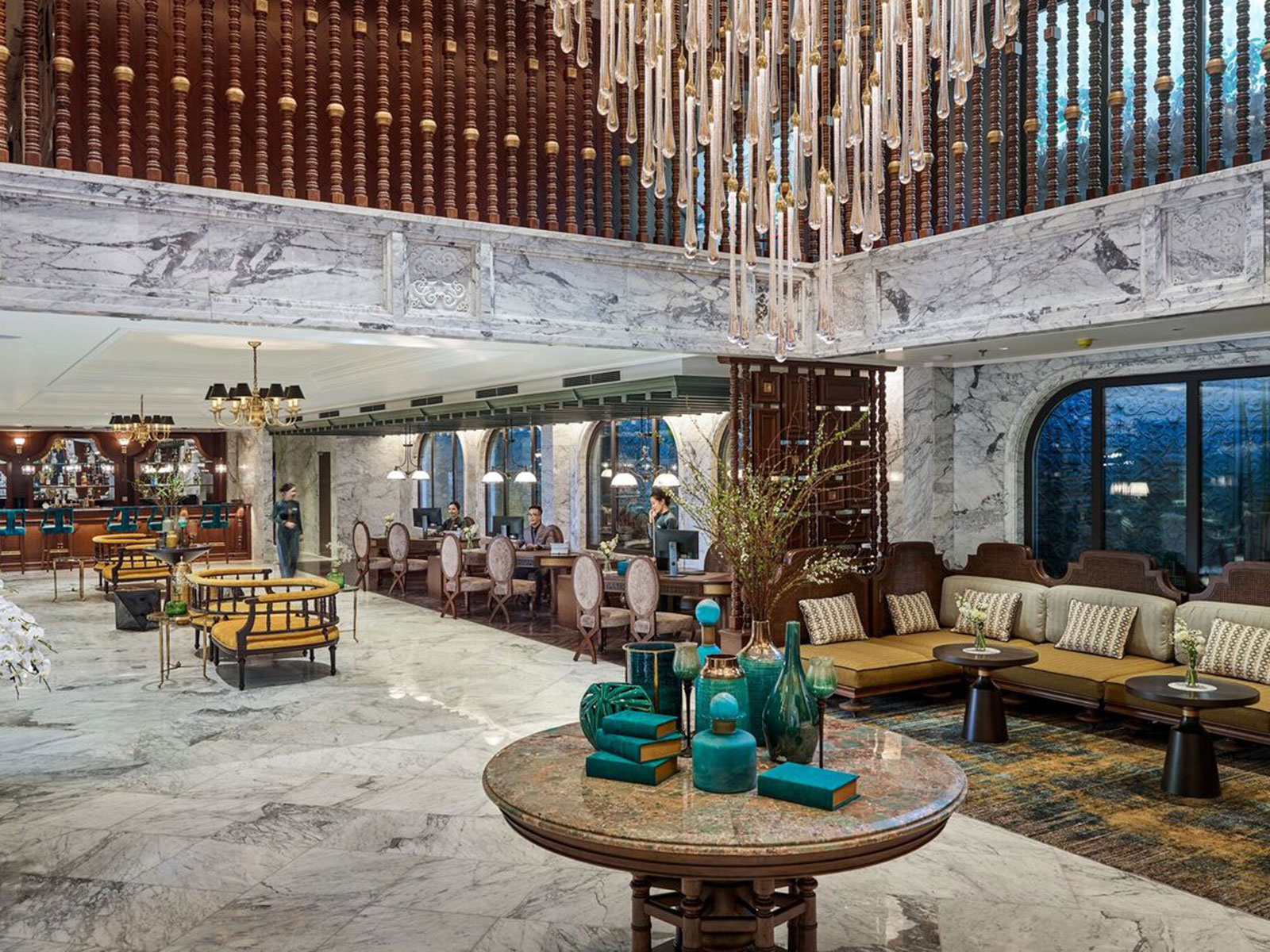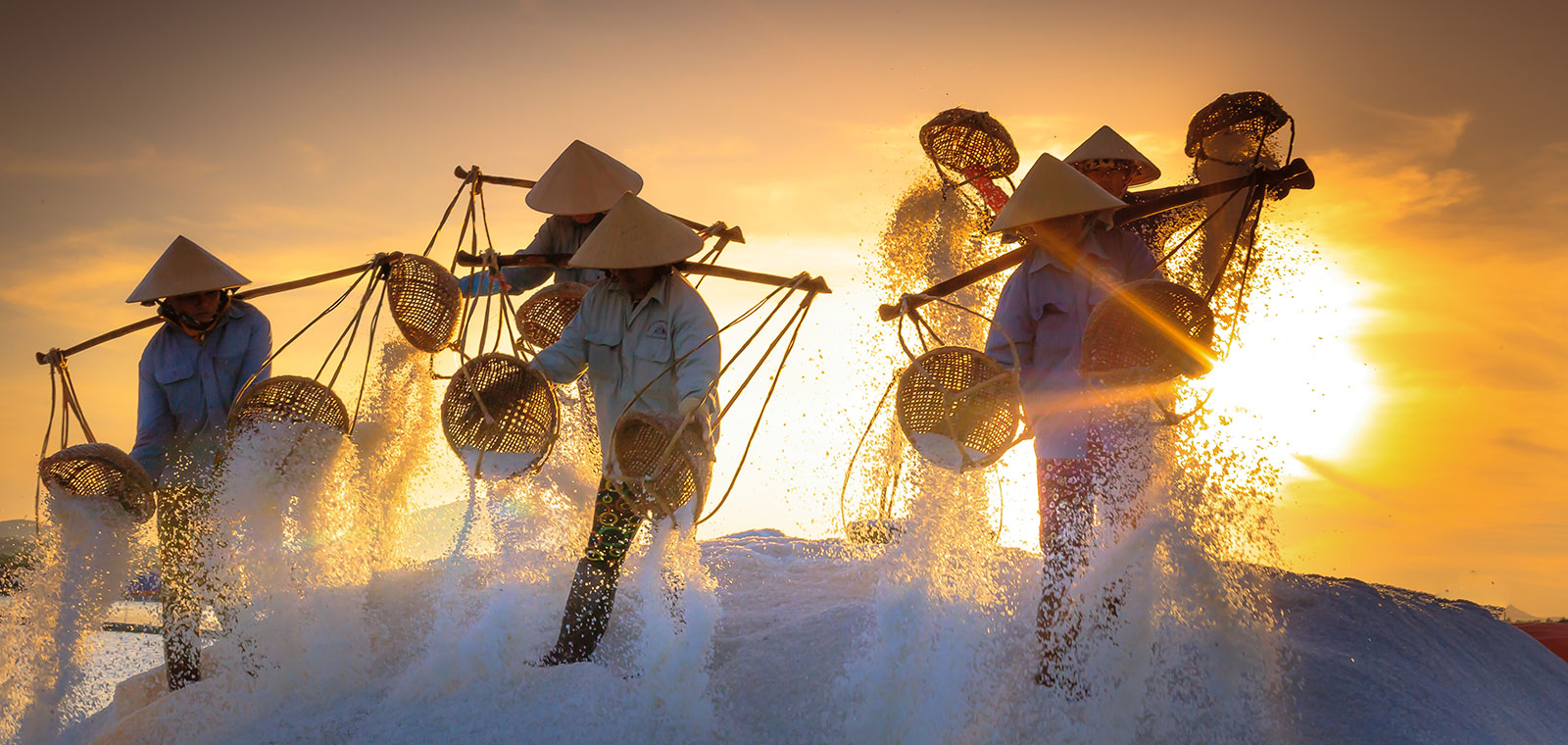VISA AND ENTRY PROCEDURES
Vietnam Visa Exemptions
Vietnam' s new visa policy effective from 15th August 2023 extends stay duration for 13 countries enjoying unilateral visa exemption for 45 days. The visa-free stay period starts on the date of entry.
The 13 countries include: Germany, France, Italy, Spain, the UK, Denmark, Sweden, Norway, Finland, Russia, Belarus, Japan and South Korea
In Aug 2025, the Vietnamese government has approved a new visa exemption policy for citizens of 12 countries from 15 Aug 2025 until 14 Aug 2028. Visitors from these countries can enter Vietnam visa free for up to 45 days.
The 12 countries included: Belgium, Bulgaria, Croatia, Czech Republic, Hungary, Luxembourg, Netherlands, Poland, Romania, Slovakia, Slovenia, and Switzerland.
02 Countries get 14 days visa exemption: Brunei & Myanmar,
07 countries get 30 days visa exemption: Cambodia, Indonesia, Kyrgyzstan, Laos, Malaysia, Singapore, Thailand, Chile, Panama, Kazakhstan
01 country get 21 days visa exemption: The Philippines,
02 countries get 90 days visa exemption: Chile and Panama
Vietnam Electronic Visa (E-visa)
- An electronic visa (E-visa) is one of visa types issued to foreigners by Vietnamese Immigration Department via electronic system.
- From August 15, 2023, Vietnam grants e-visas to citizens of 157 countries. Travelers can apply for a 90-day visa with single and multiple entries available.
- List of Ports of entry up to 13 international airports that allow foreigners to enter and exit Vietnam by E-visa.
- E-Visas can be applied here.
Here is the list of border gates that allowed foreigners enter and exit Vietnam by E-visa.
13 international airports:
- Noi Bai (Ha Noi), Tan Son Nhat (Ho Chi Minh City), Cam Ranh (Khanh Hoa), Da Nang, Cat Bi (Hai Phong), Can Tho, Phu Quoc (Kien Giang),
- Phu Bai (Thua Thien Hue), Van Don (Quang Ninh), Tho Xuan (Thanh Hoa), Dong Hoi (Quang Binh), Phu Cat (Binh Dinh), Lien Khuong (Lam Dong).
16 land border gates:
- Tay Trang (Dien Bien), Mong Cai (Quang Ninh), Huu Nghi (Lang Son), Lao Cai, Na Meo (Thanh Hoa), Nam Can (Nghe An), Cau Treo (Ha Tinh), Cha Lo (Quang Binh), La Lay and Lao Bao (Quang Tri), Bo Y (Kon Tum), Moc Bai and Xa Mat (Tay Ninh), Tinh Bien and Vinh Xuong (An Giang), Ha Tien (Kien Giang).
13 sea border gates:
- Hon Gai and Cam Pha (Quang Ninh), Hai Phong, Nghi Son (Thanh Hoa), Vung Ang (Ha Tinh), Chan May (Thua Thien Hue), Da Nang, Nha Trang (Khanh Hoa), Quy Nhon (Binh Dinh), Dung Quat (Quang Ngai), Vung Tau (Ba Ria - Vung Tau), Ho Chi Minh City, Duong Dong (Kien Giang).
How to Apply for a Vietnam’s e-visa
Step 1: Prepare the required materials:
● One 4x6 passport photo in .jpg format with a white background, without glasses.
● One photo in .jpg format of your passport data page in jpg format.
● Passport valid for at least six months. from the date you plan to enter Vietnam.
● Your temporary address in Vietnam and points of entry and exit.
● Debit or credit card for payment.
Step 2: Click this link or access https://immigration.gov.vn/ and go to 'E-visa Issuance'
then click on the link for 'Outside Vietnam foreigners'
Step 3: Upload your .jpg images (passport data page and passport photo) and fill out
the required fields on the form completely. Submit your form.
Step 4: Pay the e-Visa fee of 25 USD for single entry or 50USD for multiple entry through online payment gateway as prescribed by the Immigration Department. The fee will not be refunded if the application refused.
Step 5: After 3-5 working days you should receive news of your e-Visa application via email. If not, please click this link to search for your e-Visa application status.
Step 6: Use your document code to locate your e-Visa online. Download and print the e-Visa in two copies for extra safety.
TIP: Travelers with an e-Visa can go directly to immigration counters at their point of entry and do not need to queue at Visa on Arrival counters.
If you do not want to obtain e visa through the website of Vietnam Immigration Department, let us take care of it on behalf of you at a small service fee.
Visa On Arrival
Those who are not eligible or failed to get an E-visa to Vietnam, can apply for a visa on arrival.
To do this you' ll need to:
1. Book and pay tour package with Asia Color Travel (we do not provide visa application singly service)
2. Provide us copy of your passport with valid for minimum six months from the date you plan to enter Vietnam.
3. Your roundtrip flight e-ticket to and from Vietnam
4. Visa application fee (25usd for single entry or 50usd for multiple entry)
How to apply for a visa on arrival
Step 1. Complete the Vietnam visa online application form and pay for service fee
Provide us all the required information as listed above.
Make payment for service fee via Credit/ Debit Card via OnePay or pay together with your tour package.
Step 2. Get the approval letter via email
After your submission and payment, we will start processing your visa with the Vietnam Immigration Department. Within 05 working days (or even 02 – 04 working hours with our super urgent service), you will get your visa approval letter (also known pre-approved letter) and the entry-and-exit application form delivered to your email.
Note: Once applied, visa application cannot be cancelled, and non-refund.
Step 3. Get visa stamped upon arrival at Vietnam airport
You then print them out and complete the entry and exit form, prepare 01 passport-sized photos, original passport, and cash (USD) for the stamping fee.
Upon arrival at any of Vietnam international airports, (in Hanoi, Ho Chi Minh City, Nha Trang, Da Nang, and Hai Phong), show the followings:
1/ Your visa approval letter
2/ Your original passport
3/ 01 passport-sized photos (4*6cm)
4/ Completed entry/exit form with your photo
5/ Pay stamping fee to get visa stamped on your passport by Immigration Officer.
For any further inquiry, please email us contact@asiacolortravel.com
Now, you are in Vietnam, enjoy your trip!
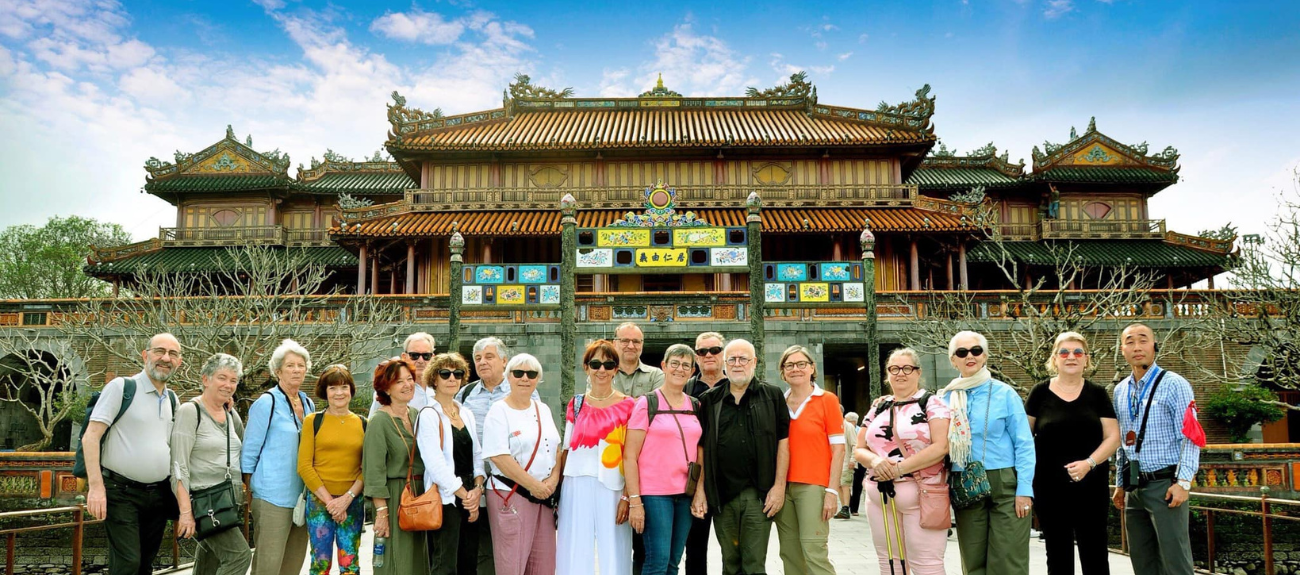
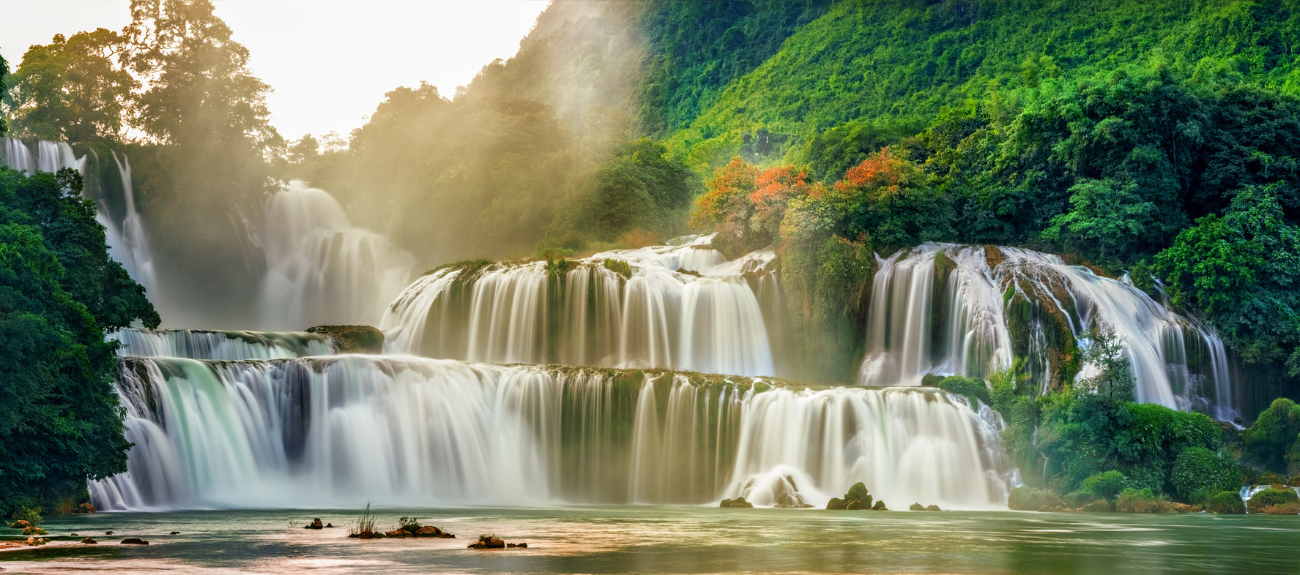
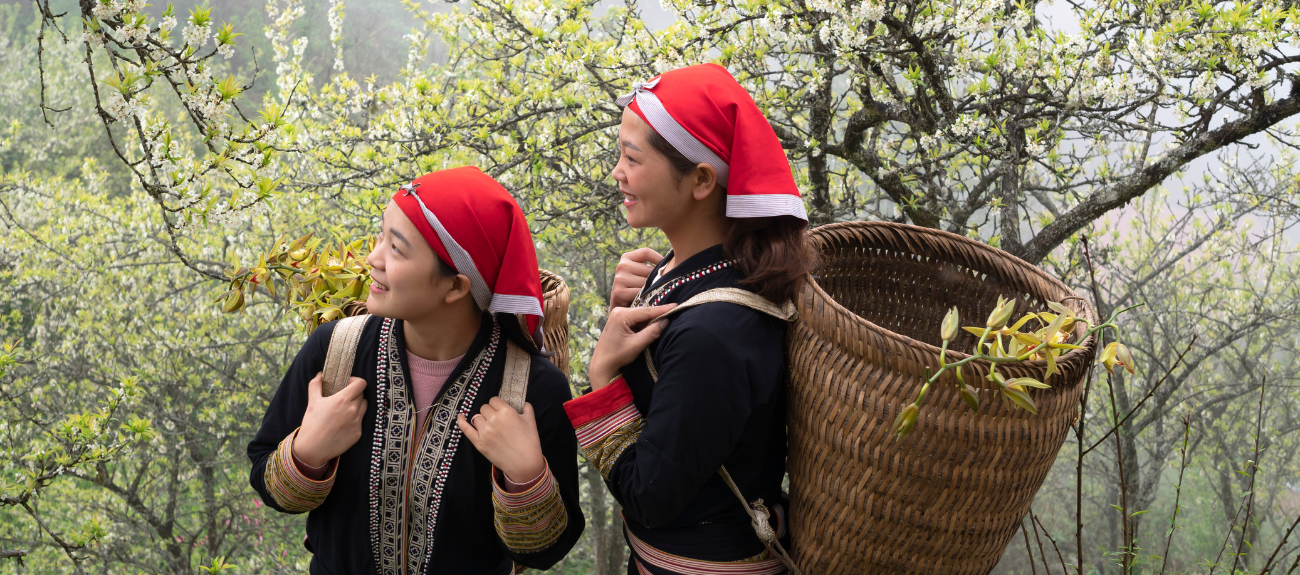
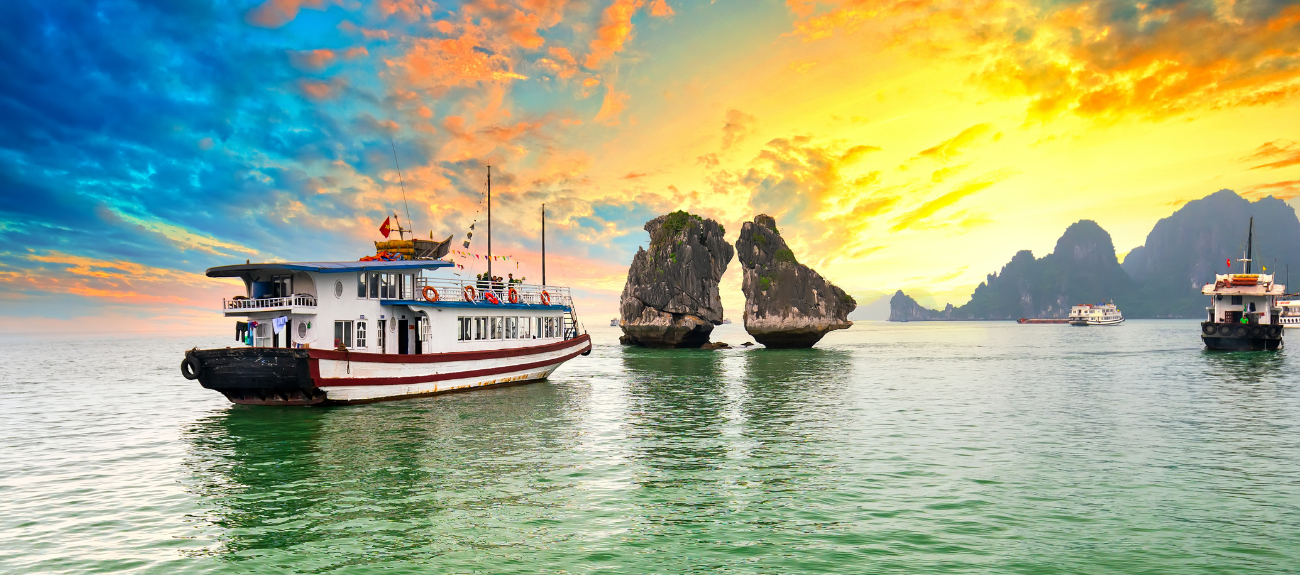
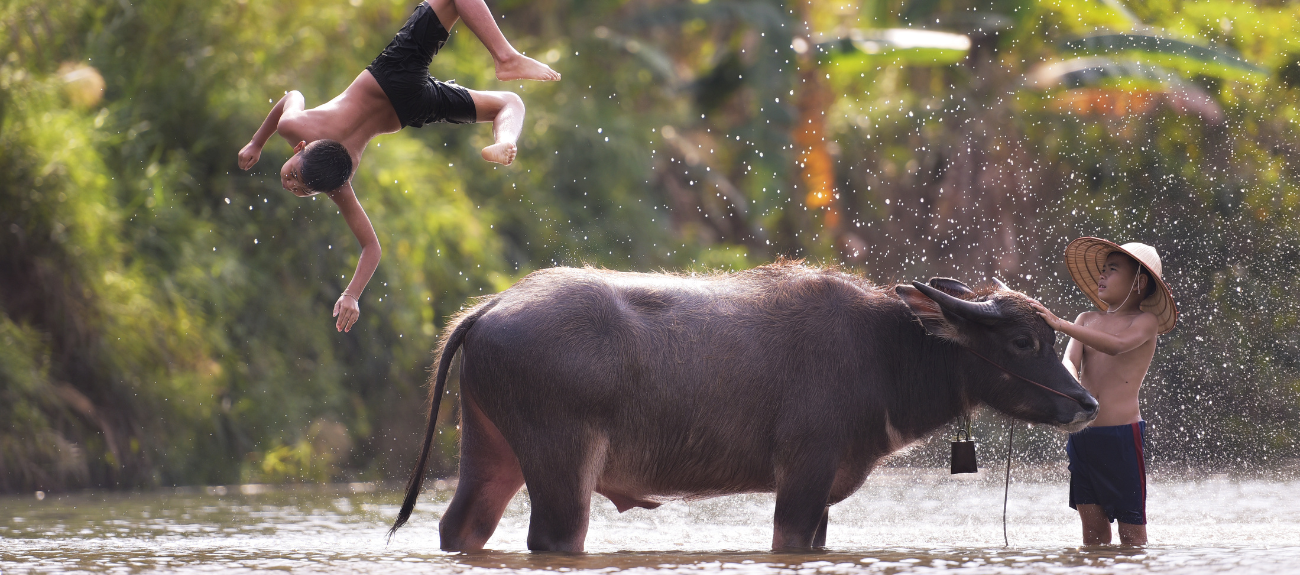
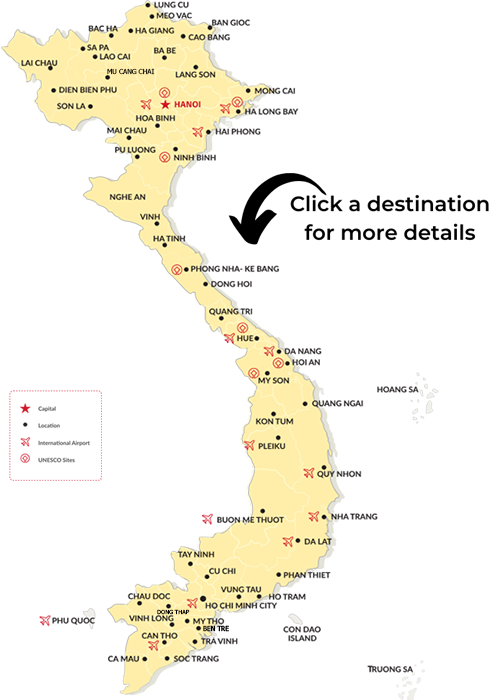








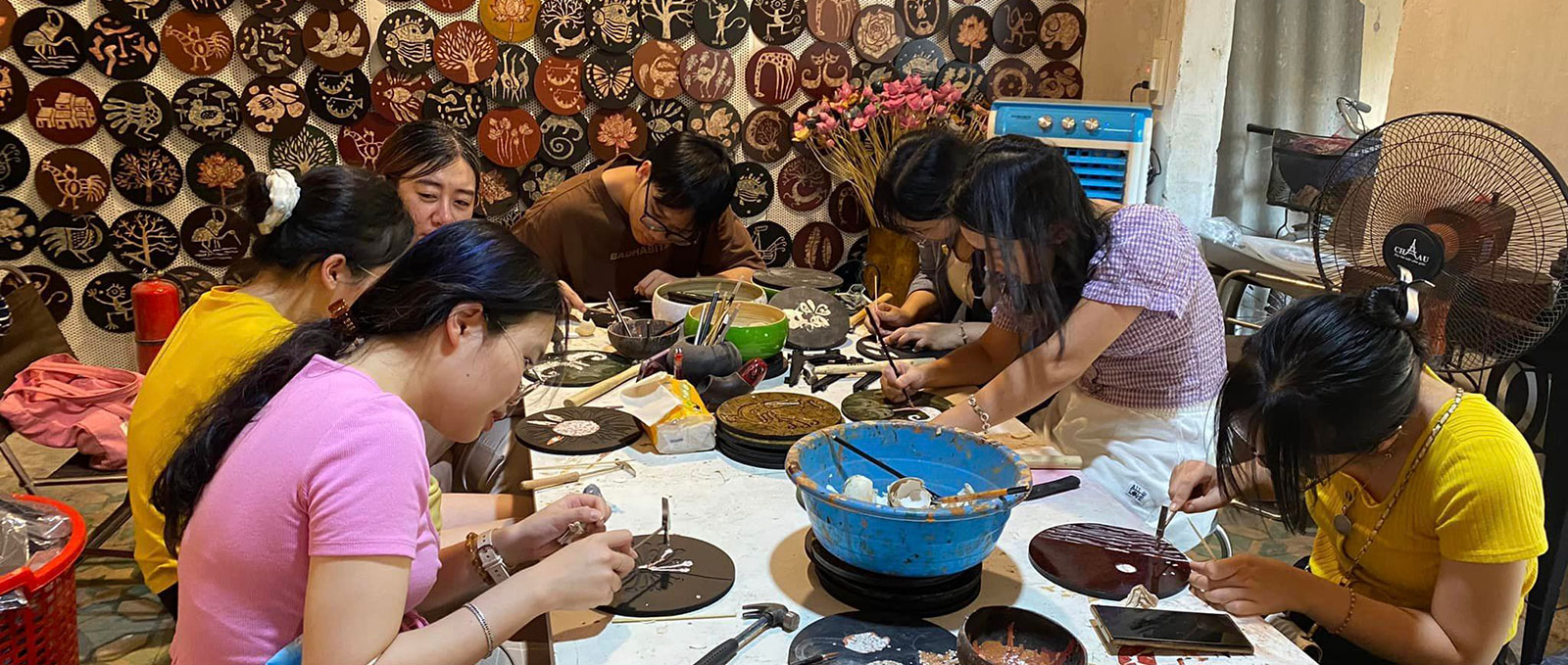
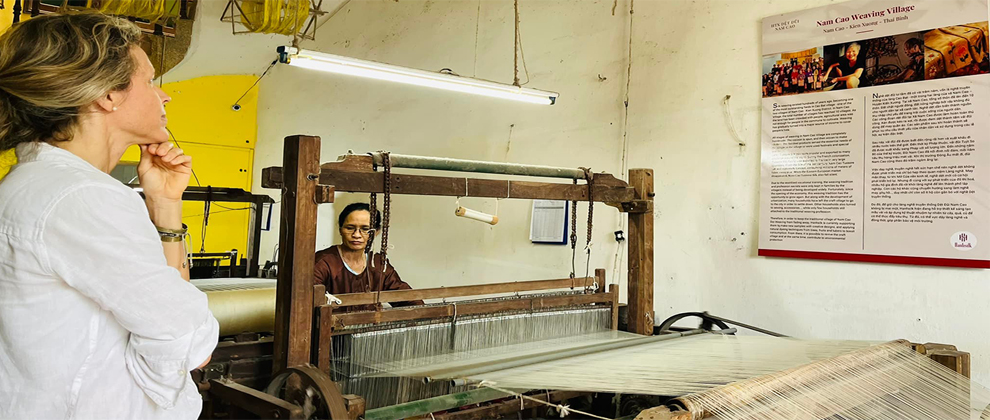
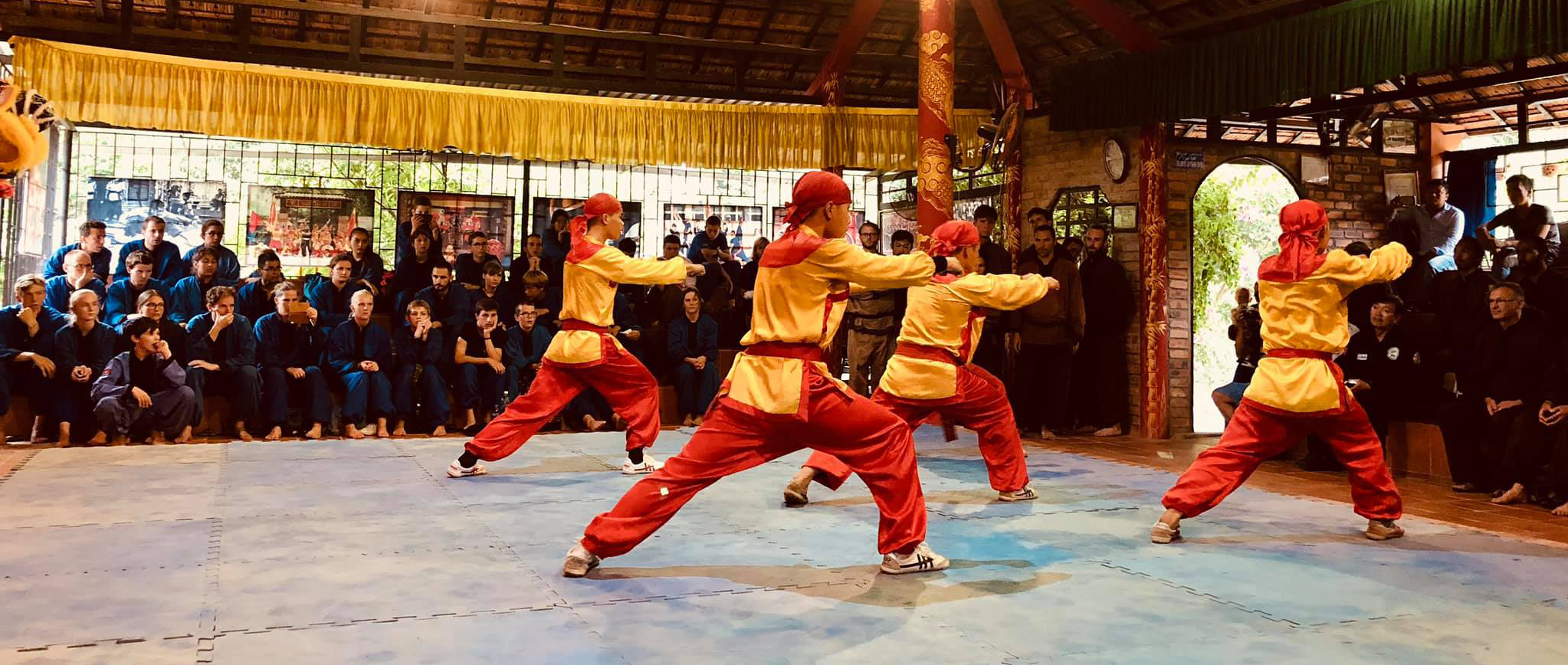
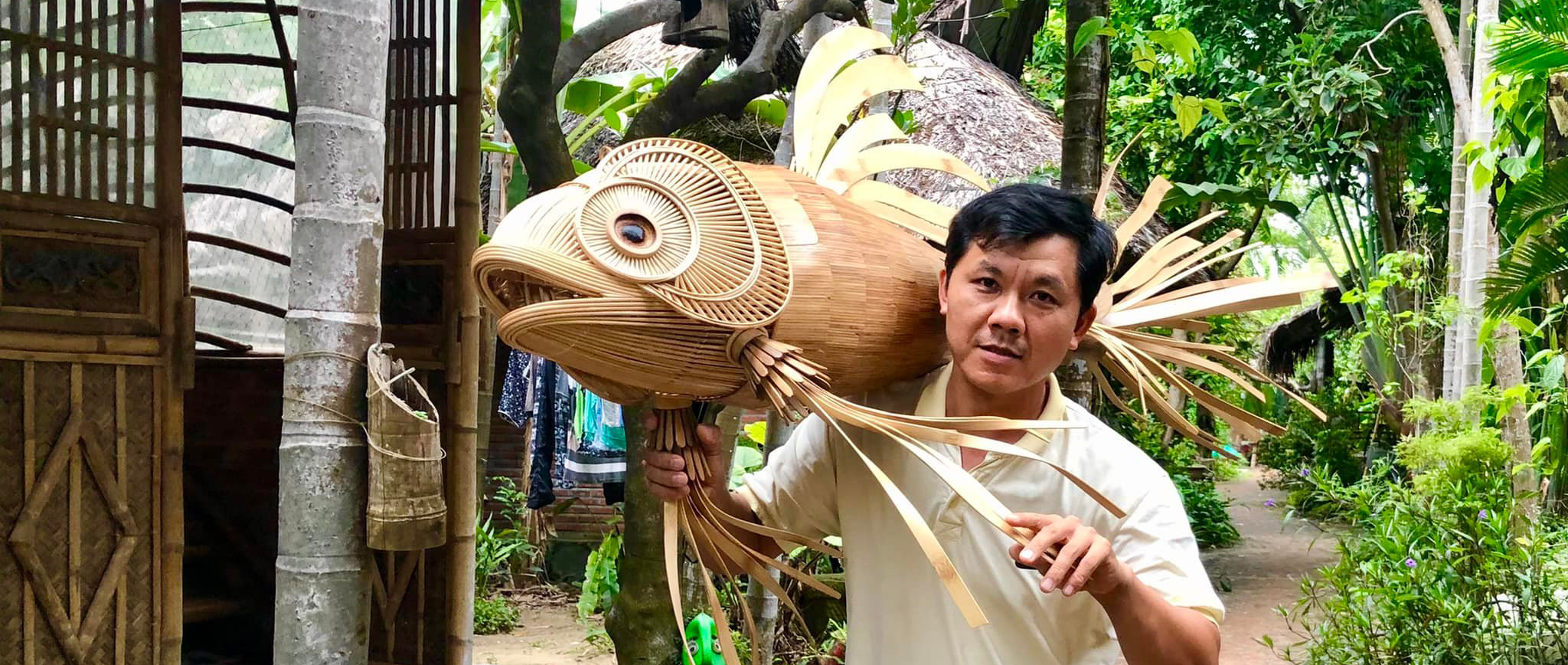

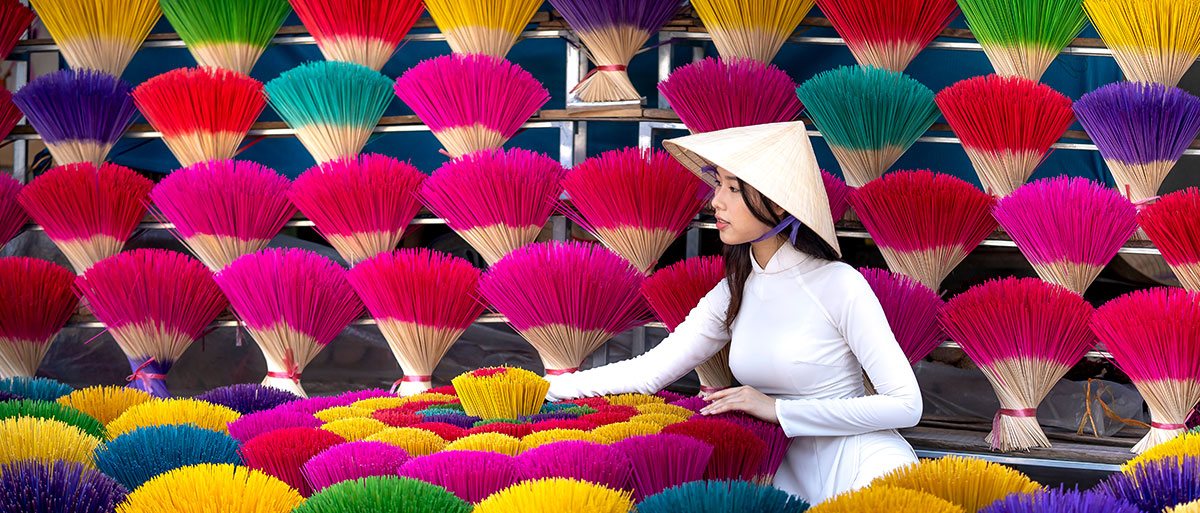
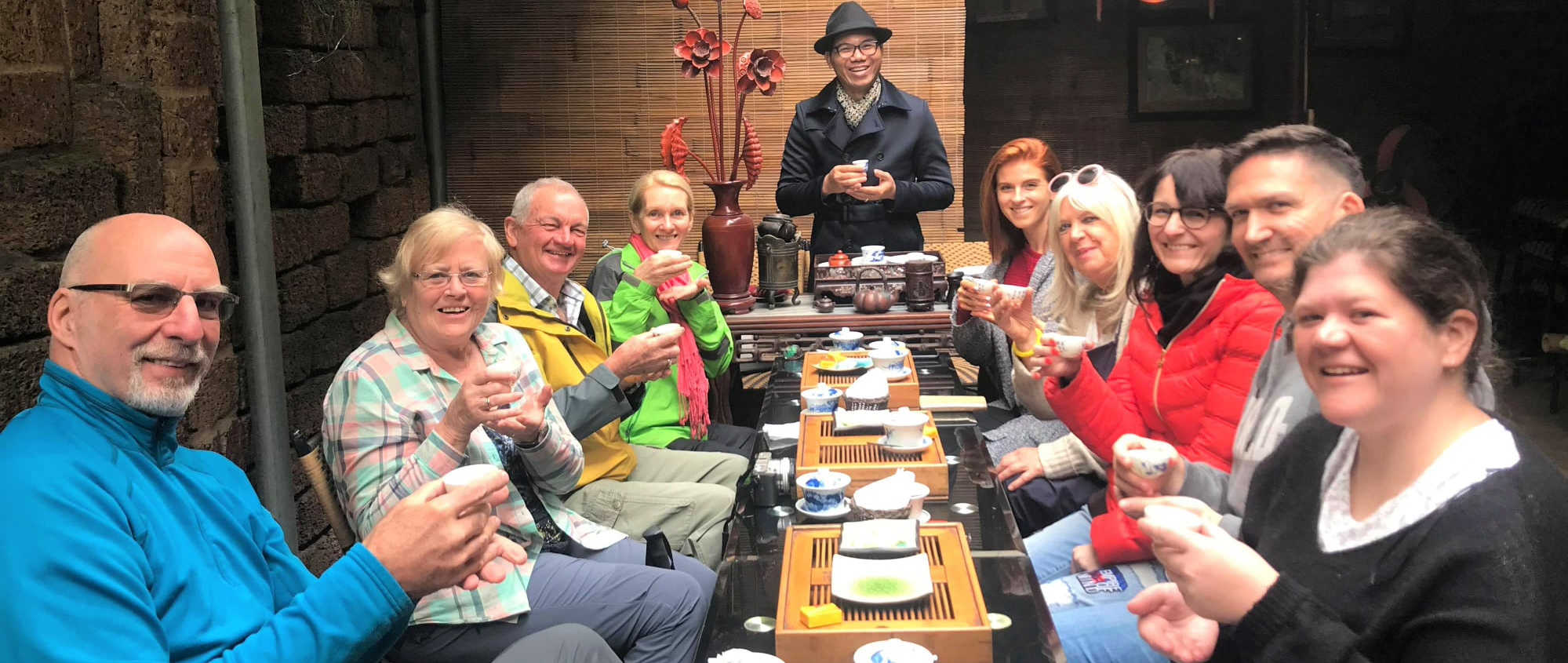
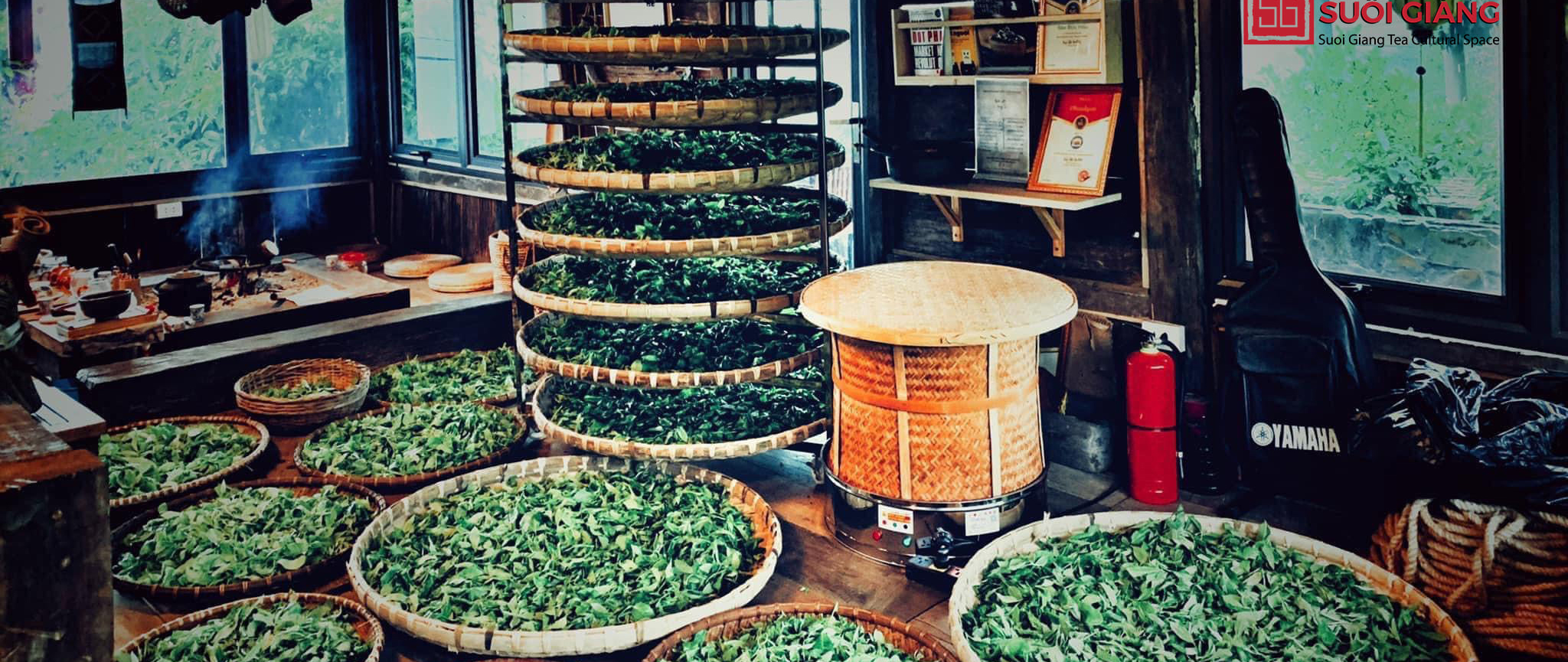
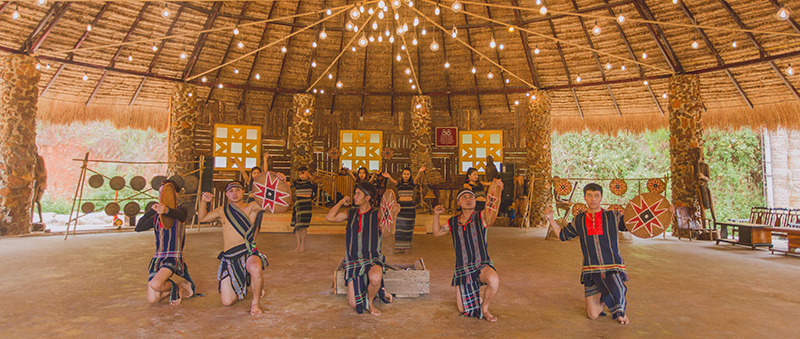

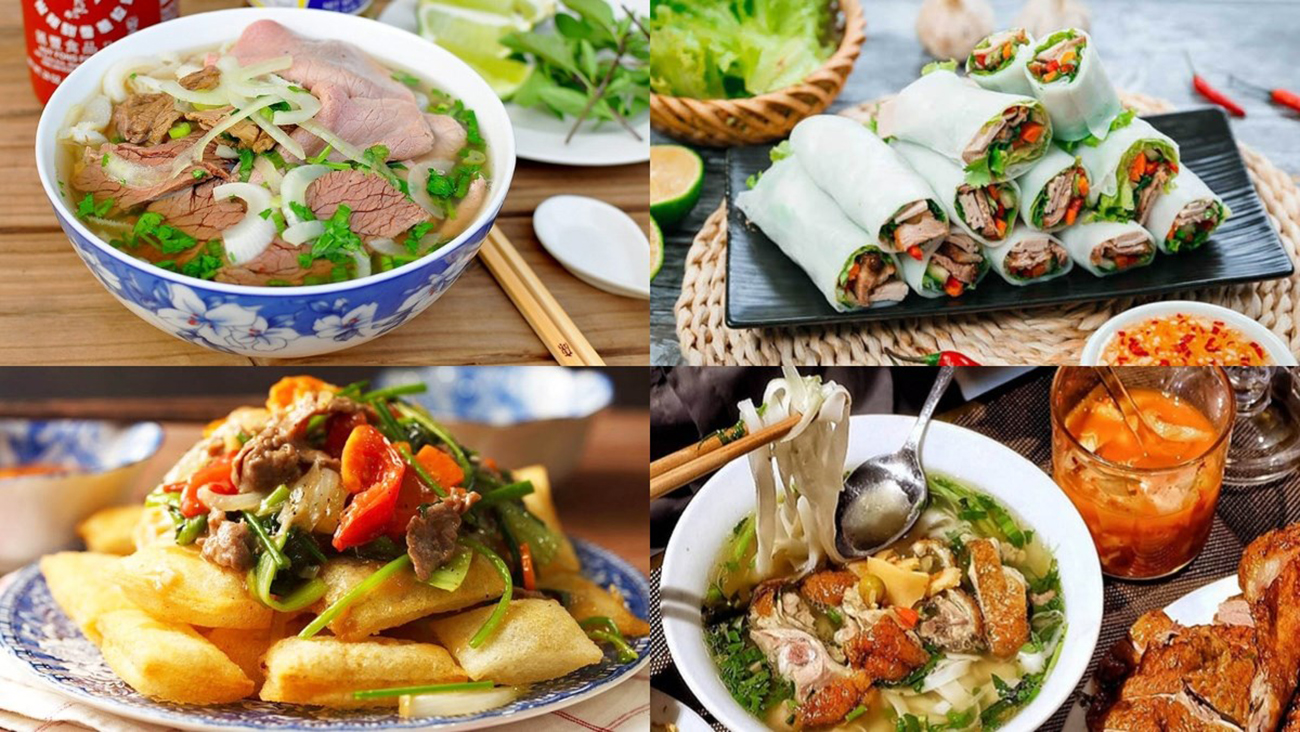
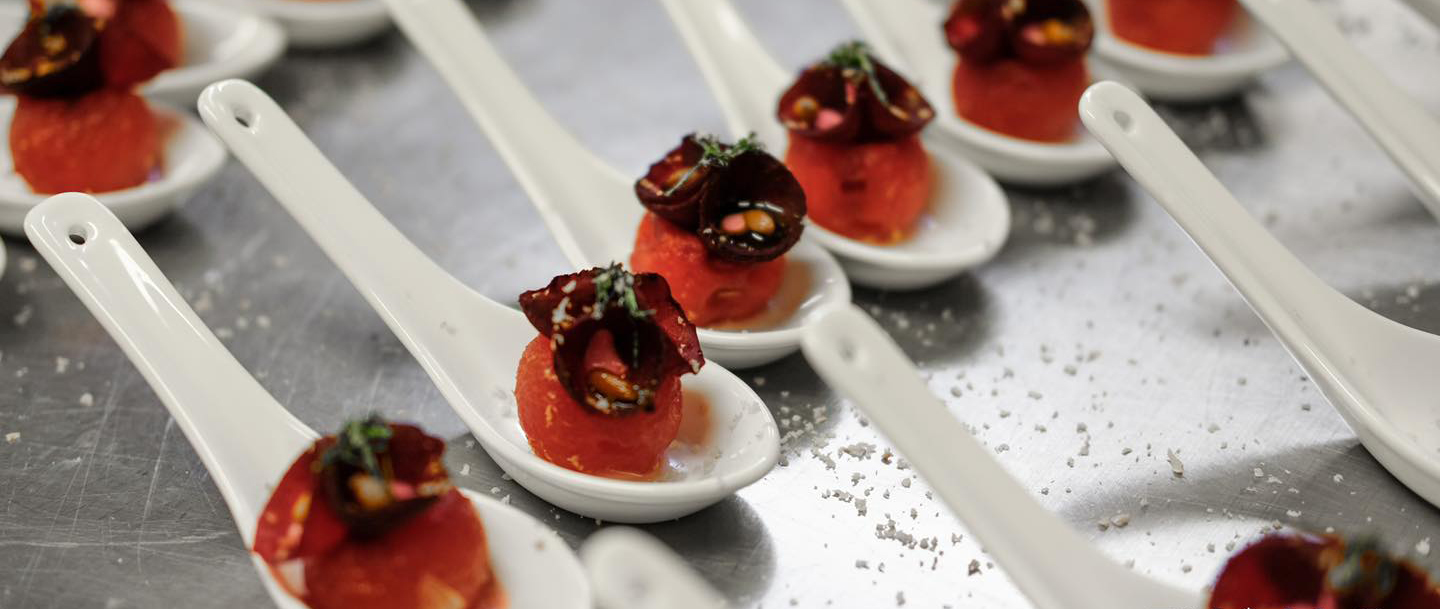
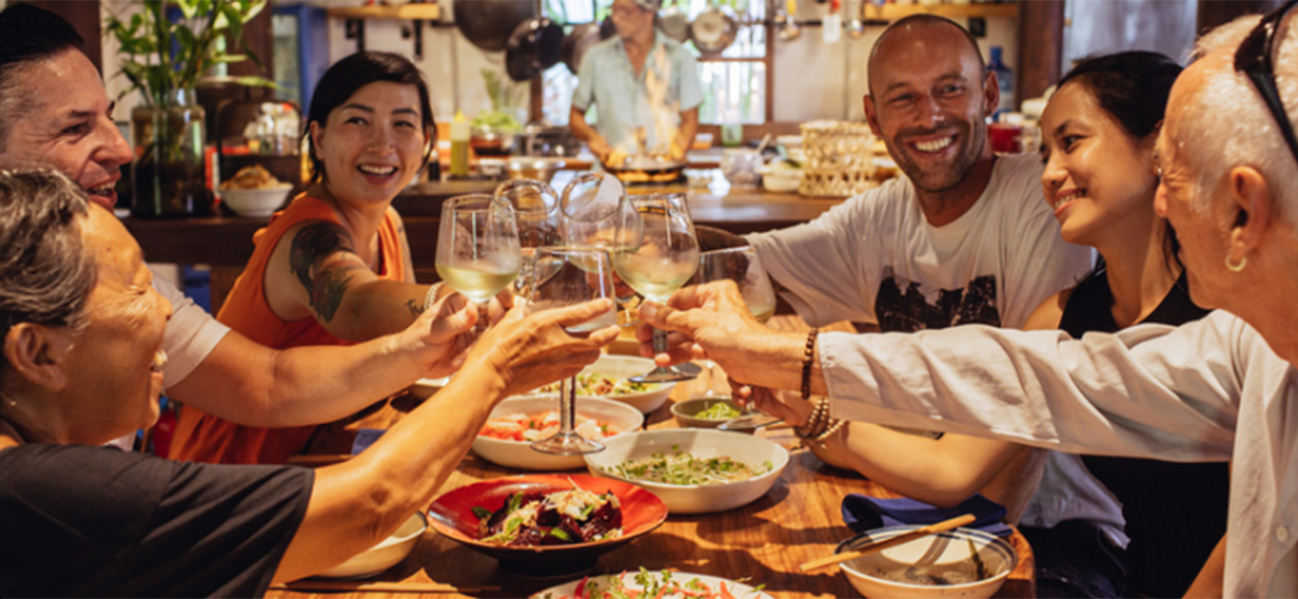
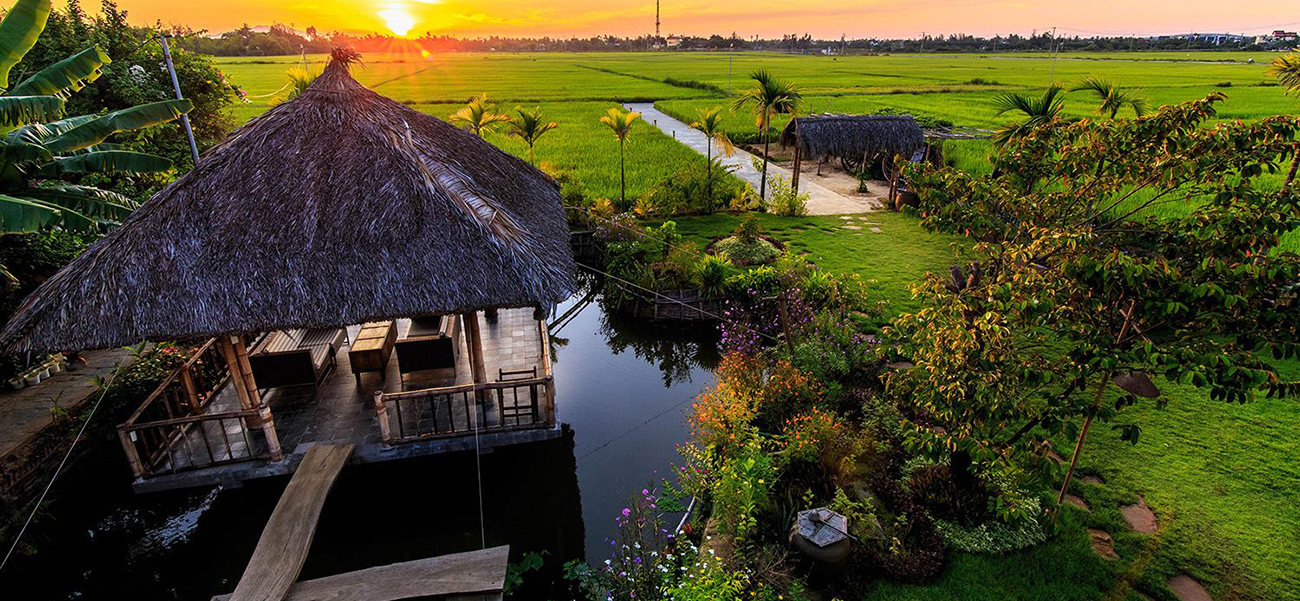

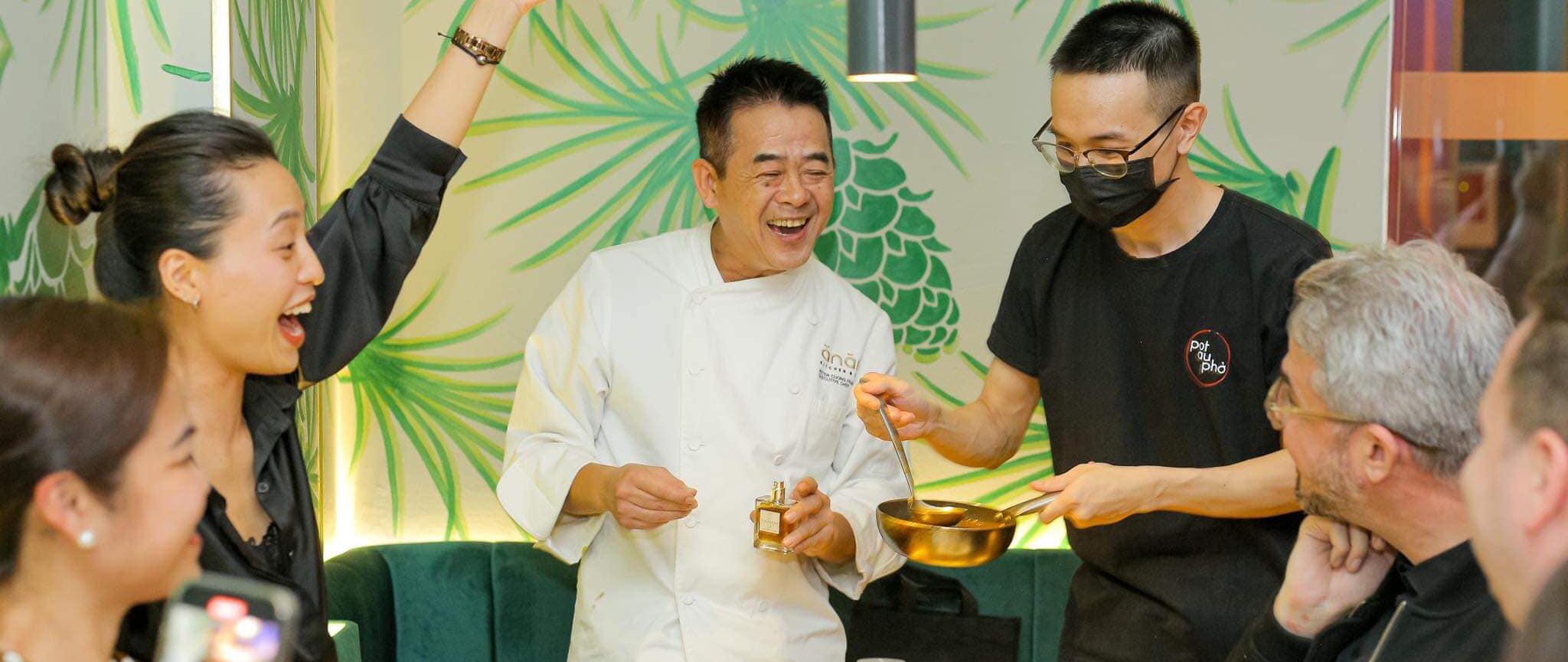
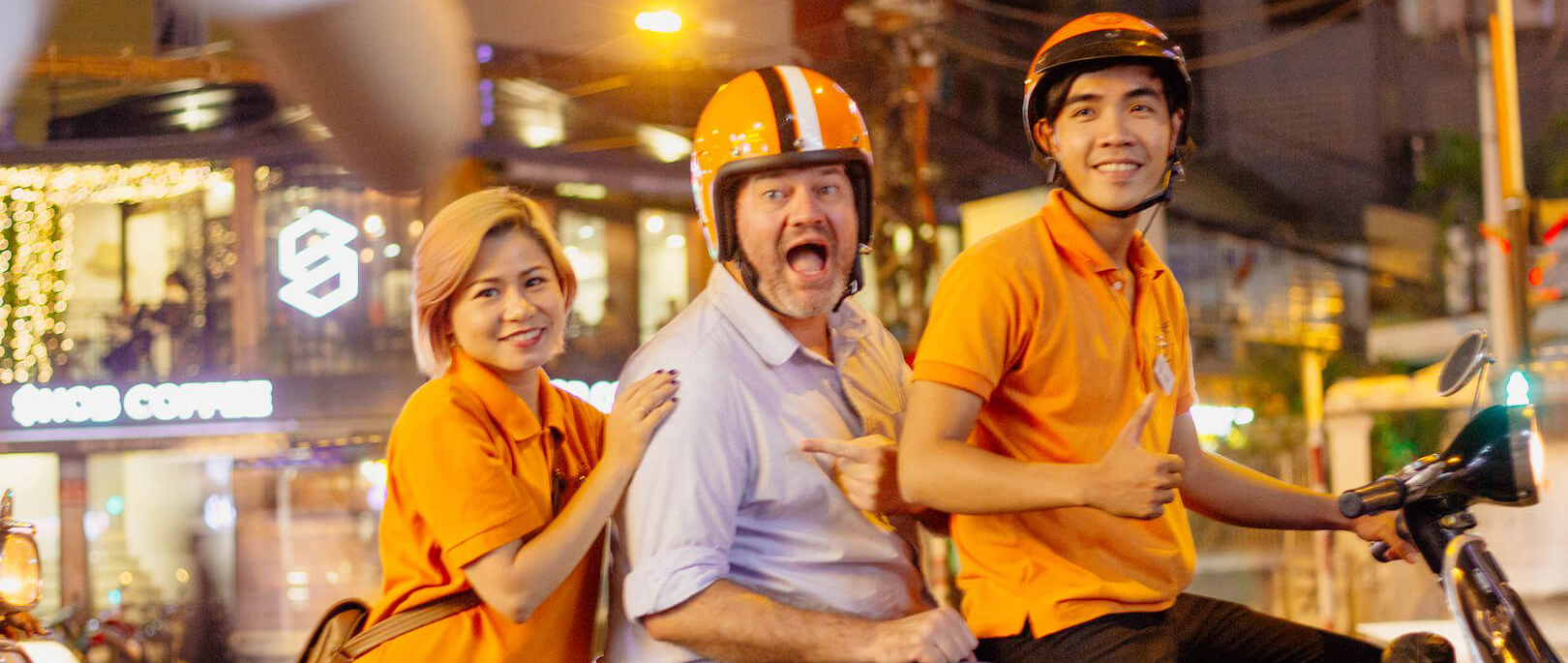






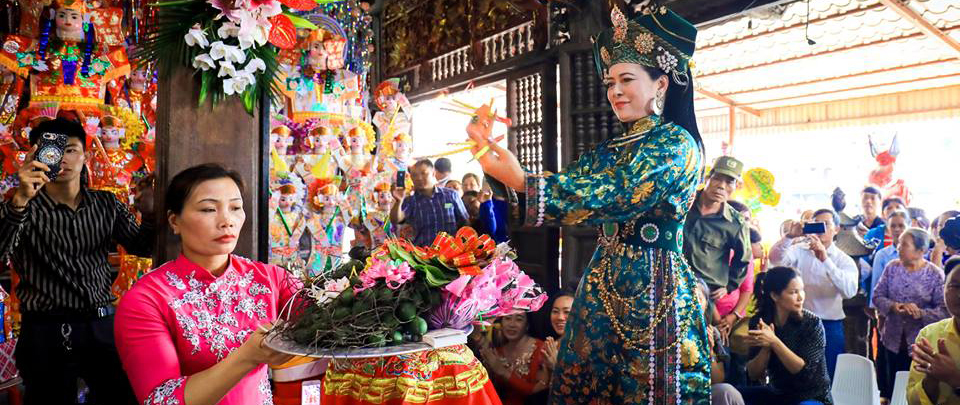
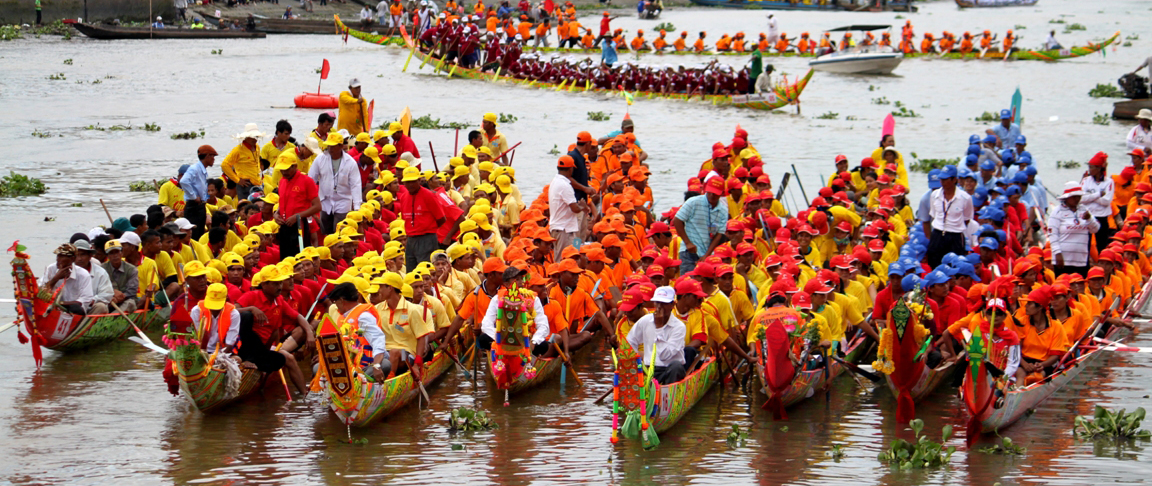
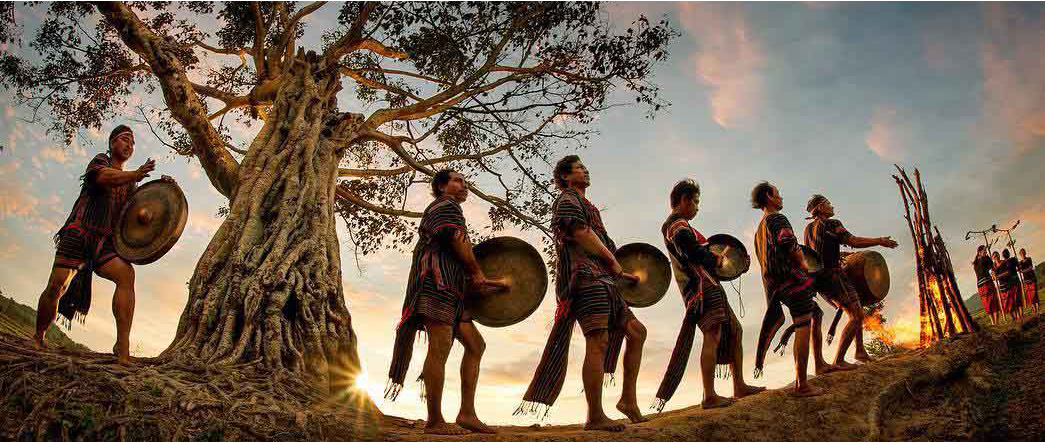
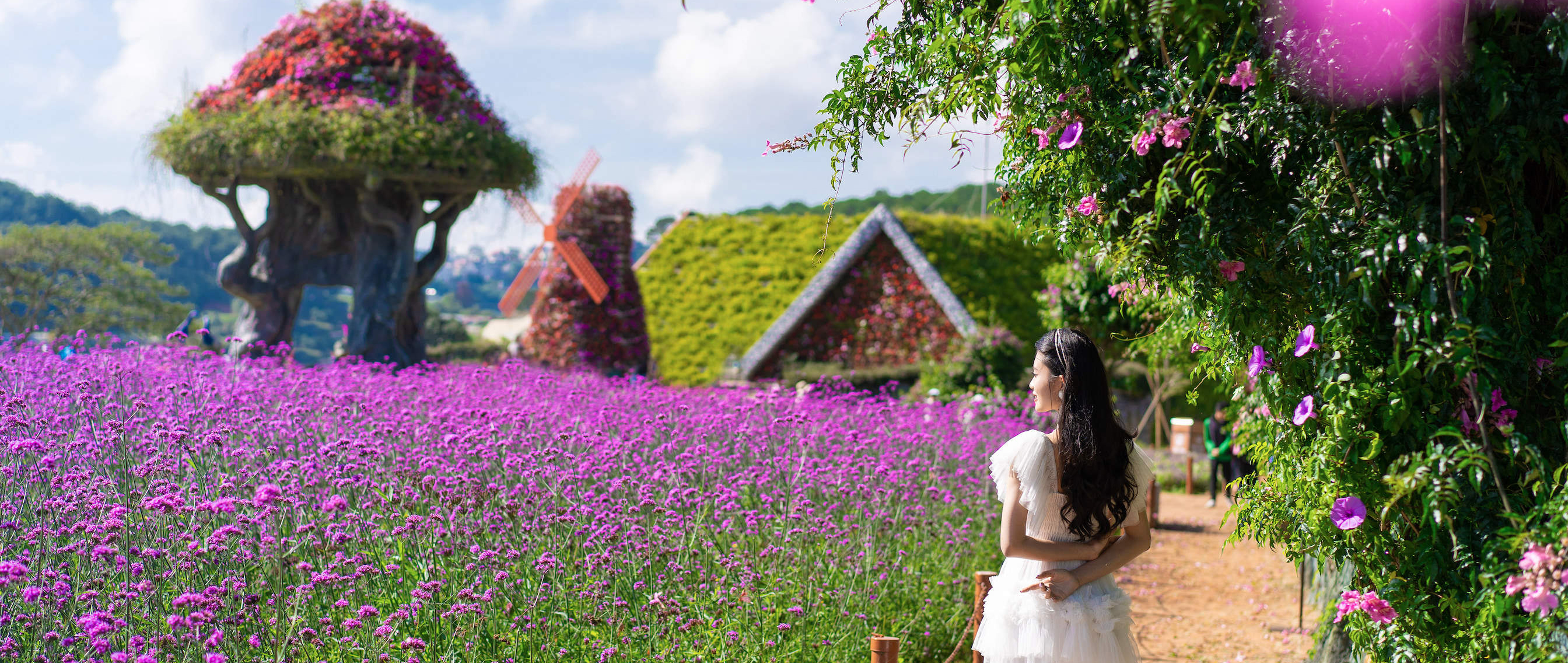

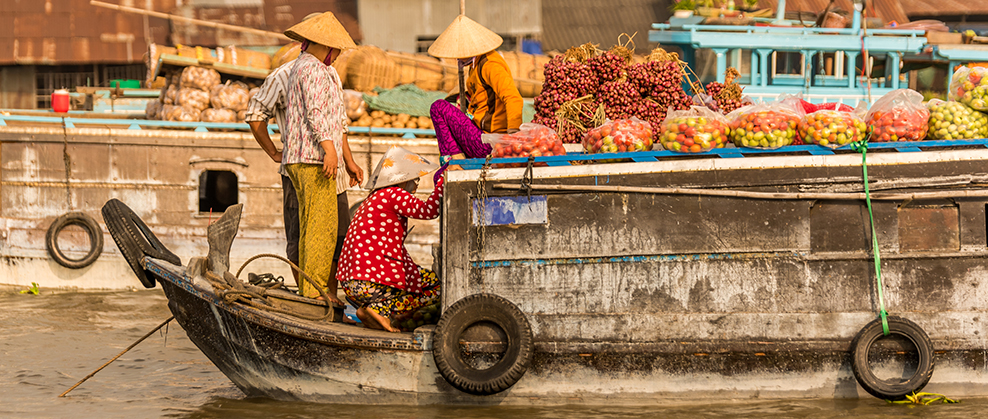
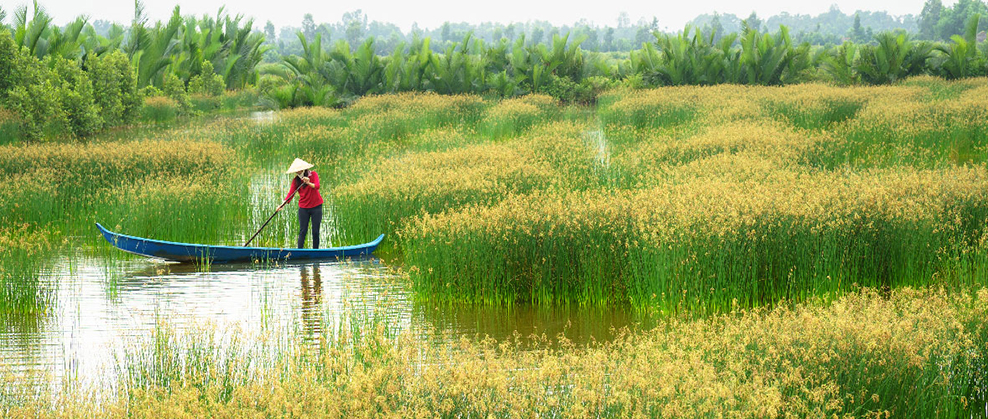

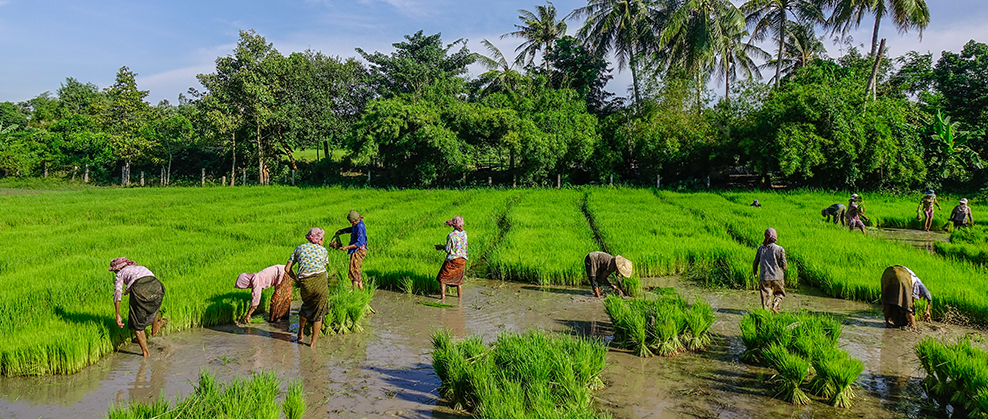
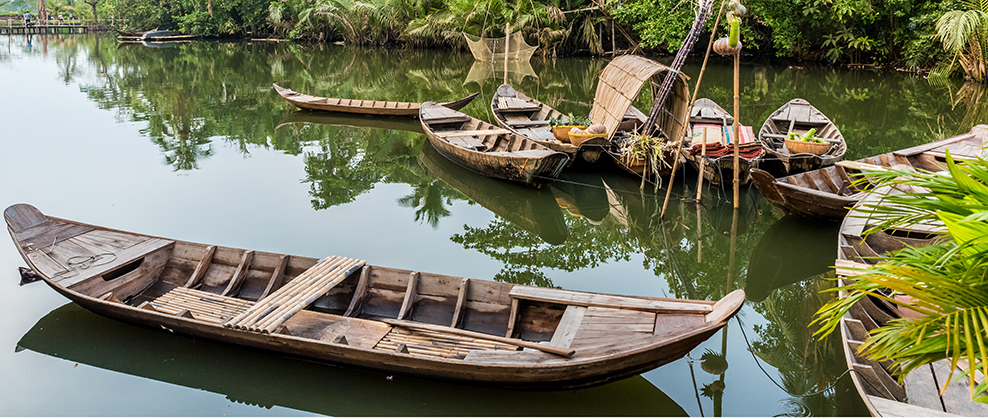
.jpg)
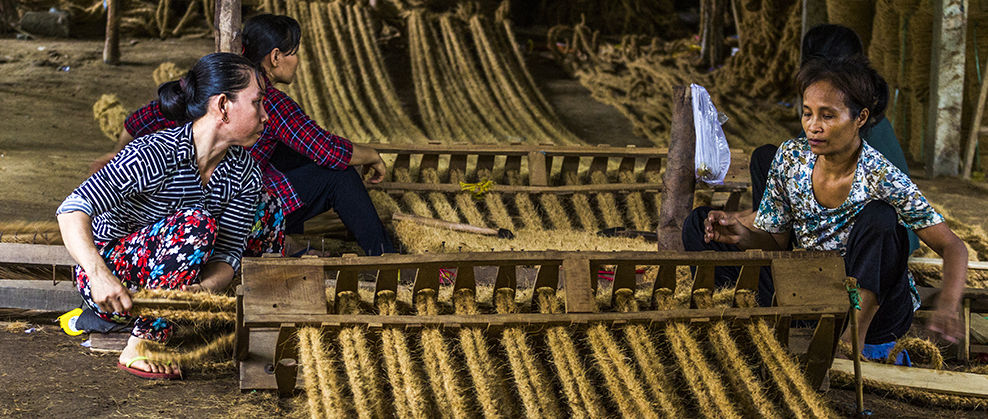
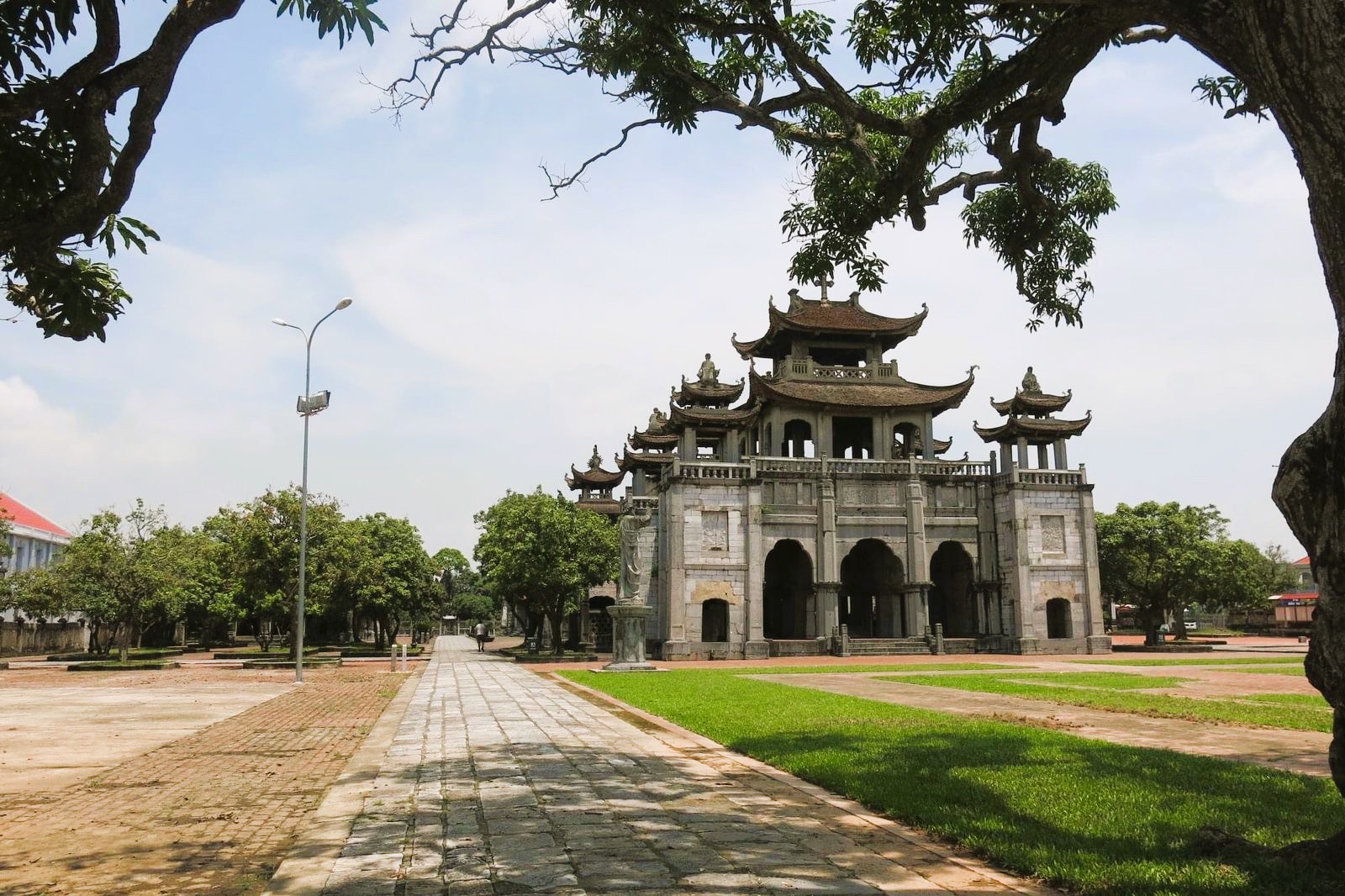




.jpg)
.jpg)
